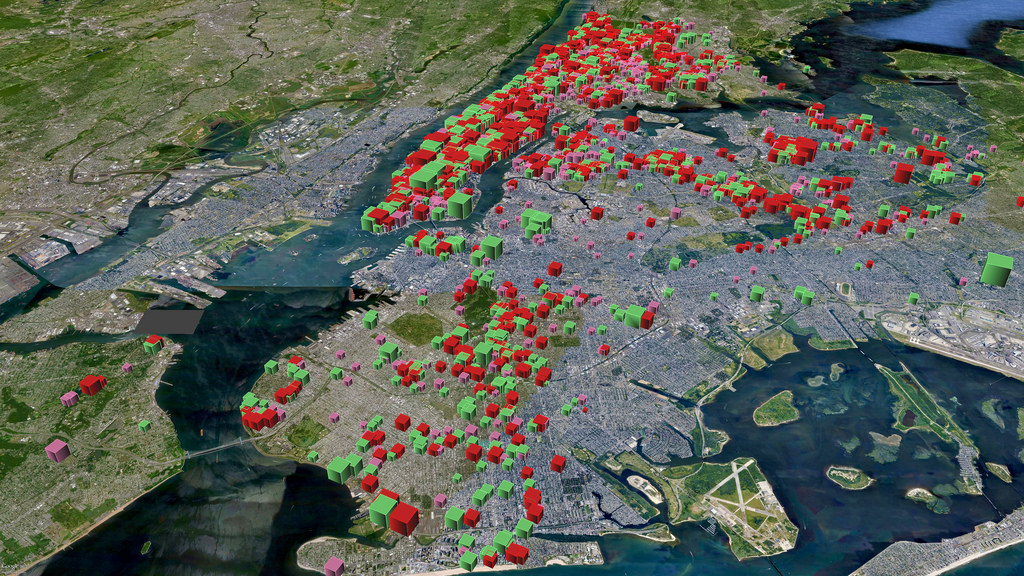This post is also available in:
 עברית (Hebrew)
עברית (Hebrew)
A new unique unmanned aerial system was recently revealed. The Tilt Rotor, Vertical Take-Off and Landing (VTOL), hydrogen fuel cell powered advanced terrain mapping drone.
The UAS developed by Wirth Research will be VTOL capable for its long-endurance missions, carrying its primary mission payload of a sophisticated suite of terrain-mapping sensors and onboard data processing capabilities.
To allow the longest possible endurance with zero in-flight emissions, and reduced vibrations, this unique UAS will be powered by an advanced hybrid power system, featuring a hydrogen fuel cell as its primary energy source. The complete hydrogen fuel cell storage, control and power system will be provided by HES of Singapore, specialising in ultra-light hydrogen fuel cells.
The key advantage of the Wirth Research UAS is the combination of its VTOL capability, allowing it to take off and land in very restricted terrain, and its ultra long endurance. These capabilities, and the variety of payloads it can carry mean that this UAS has applications in a huge variety of sectors. According to the announcement on the company’s website, these range from precision agriculture, to pipeline and cable inspection for utilities, surveillance and other security-related tasks, through to detection and monitoring support for ordnance clearance operations.
Founder and CEO Nick Wirth said: “It has been extremely challenging for Wirth Research to meet the requirements of VTOL capability, 6 hour mission endurance, packaging a bulky payload mass and providing that payload with hundreds of watts of continuous electrical power.”
He added: “This UAS system can be adapted to carry and power a variety of sensors including stereo high-resolution gimbaled optical cameras, high-resolution infra-red sensors, LIDAR imagers and ground penetrating radar sensors. The ability to carry and power such an extensive range of payloads makes this UAS technology ideal for a variety of industry sectors with multiple applications beyond its primary task of terrain mapping.”
Regarding the collaboration with HES he added: “The challenges of powering this groundbreaking UAS is ideal for showcasing new improved fuel cell system integration.”
HES Founder and CEO, Taras Wankewycz, said: “We are shifting gears from a 200Wh/kg lithium battery capability to a 700Wh/kg fuel cell energy density capability, one that would radically change the applicability of drones, such as long-distance delivery, large area inspections at faster speed and lower cost, and a reduced need for expensive high altitude sensor payloads.”


























